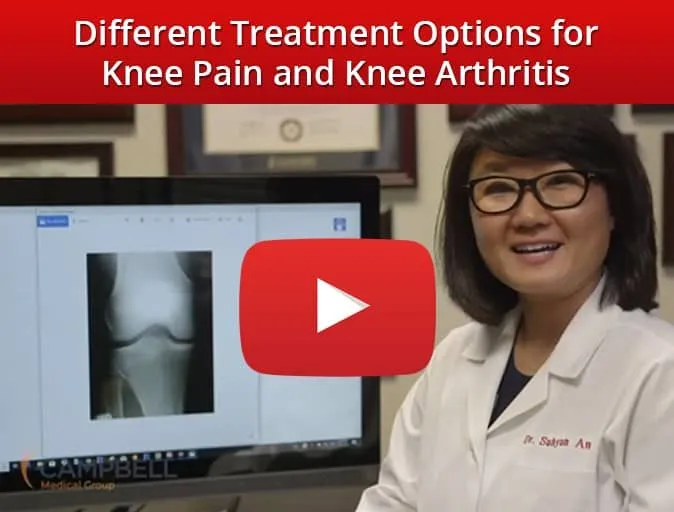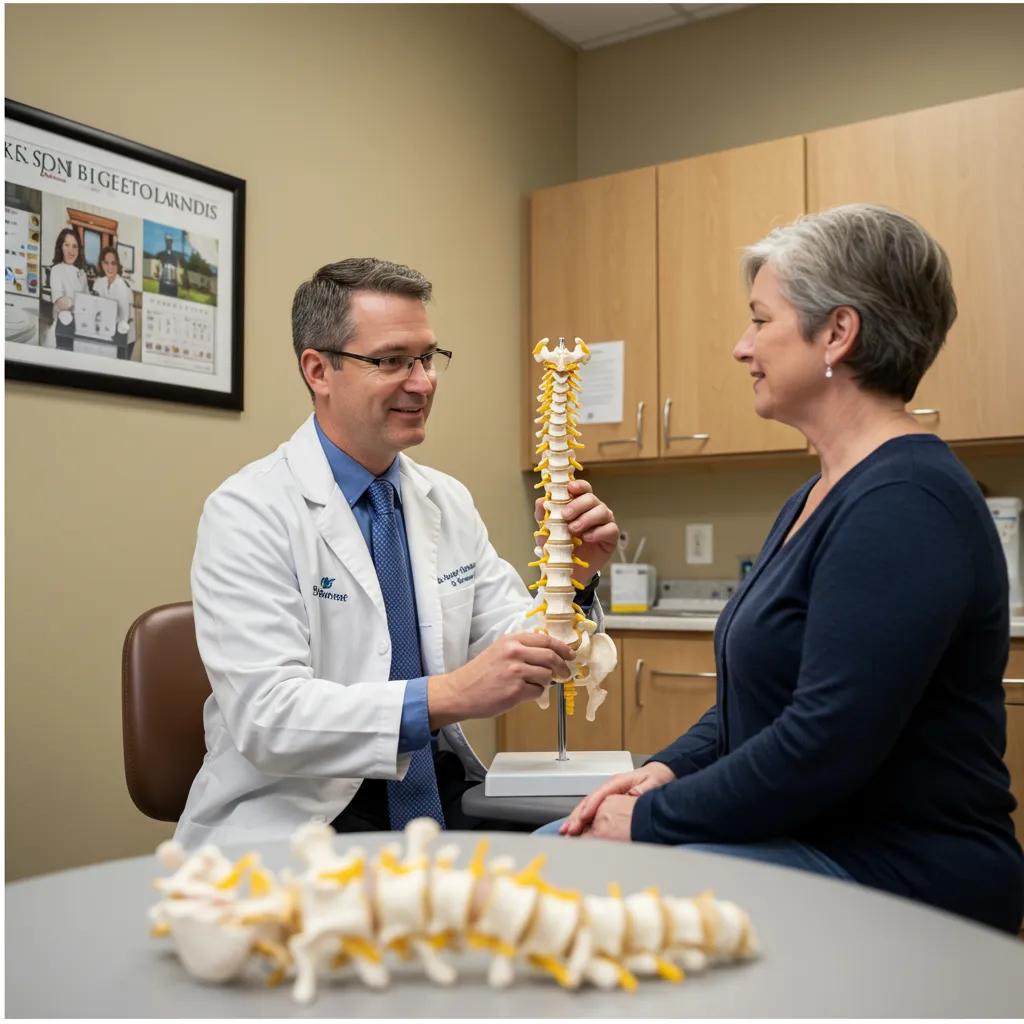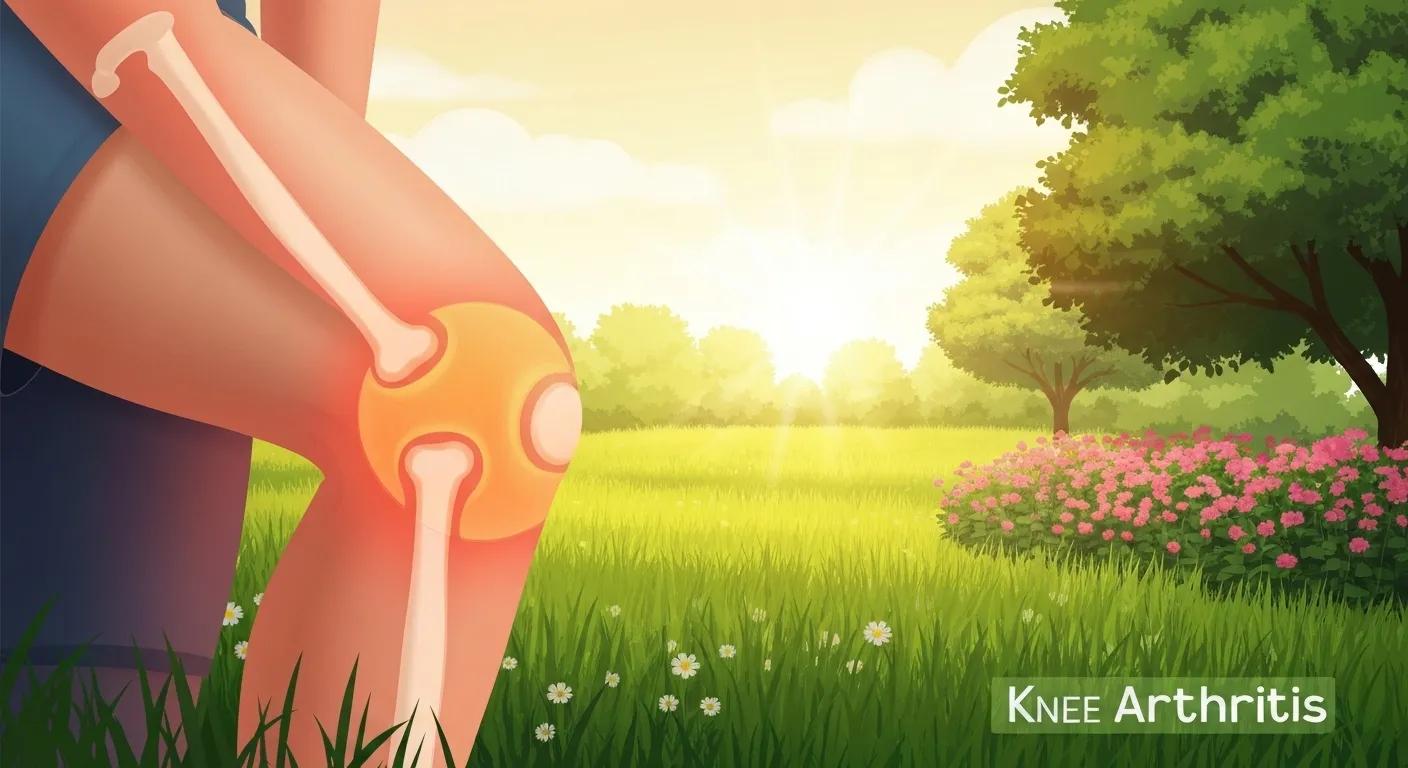
Common Drugs That Cause Neuropathy: Identifying Medications Causing Peripheral Nerve Damage
Medication-related peripheral neuropathy, or drug-induced neuropathy, occurs when prescribed or over-the-counter drugs damage peripheral nerves, causing numbness, burning, or tingling. This article identifies common neurotoxic medications (chemotherapy, antibiotics, statins), explains how neuropathy develops, outlines symptoms, and covers diagnosis, management, and prevention strategies for safer medication use.
Which Medications Are Most Commonly Linked to Peripheral Neuropathy?
Drug-induced neuropathy involves peripheral nerve injury from medications, affecting sensory, motor, or autonomic fibers. Medications like chemotherapy agents (platinum drugs, taxanes, vinca alkaloids), certain antibiotics (fluoroquinolones, metronidazole), and some statins can disrupt axonal transport, damage myelin, or induce mitochondrial dysfunction, leading to symptoms such as distal numbness or weakness. Understanding these classes helps clinicians anticipate risks and counsel patients about early signs.
This table compares medication classes commonly linked to peripheral neuropathy and practical management takeaways.
| Drug class | Example agents (representative) | Mechanism of nerve injury | Typical symptom pattern | Management notes |
|---|---|---|---|---|
| Chemotherapy | Platinum agents, taxanes, vinca alkaloids | Axonal degeneration, microtubule disruption | Symmetric distal sensory loss, burning, paresthesia | Monitor during cycles, dose adjustment or regimen change |
| Antibiotics | Fluoroquinolones, metronidazole (reported) | Mitochondrial toxicity, direct neuronal injury | Acute sensory symptoms, pain, paresthesia | Stop or switch per prescriber; symptom management |
| Statins | Lipophilic statins reported in some cases | Possible mitochondrial/myopathic effects | Paresthesia, sometimes sensory loss or neuropathic pain | Review risk-benefit, consider alternative lipid therapy |
| Antivirals/Immunosuppressants | Certain antiretrovirals, tacrolimus (reported) | Metabolic/neurotoxic effects | Variable sensory and motor involvement | Monitor renal/hepatic function; adjust doses |
| Others (e.g., linezolid, isoniazid) | Selected antibiotics/antituberculars | Metabolic disruption, vitamin deficiency-related injury | Sensory predominant neuropathy | Consider nutritional supplementation and drug review |
How Does Chemotherapy-Induced Neuropathy Develop?
Chemotherapy-induced peripheral neuropathy (CIPN) is a common, dose-dependent complication of anticancer agents. Highly neurotoxic agents like platinum compounds, taxanes, and vinca alkaloids damage peripheral nerves via axonal degeneration, microtubule disruption, or mitochondrial injury. Early signs include distal numbness, tingling, burning, and subtle fine motor difficulties. Diagnosis relies on history, neurologic exam, and selective testing. Management focuses on symptom mitigation, dose modification, and rehabilitation.
This table clarifies diagnostic tests, what each shows, when they are ordered, and how results guide treatment decisions.
| Condition/Test | What it shows | Why it’s ordered | Implication for treatment |
|---|---|---|---|
| History & exam | Pattern of symptoms; sensory vs motor predominance | Initial screening to link symptoms to medication exposure | Guides need for further testing and medication review |
| EMG/NCS | Large-fiber conduction deficits, axonal vs demyelinating changes | Confirm large-fiber neuropathy and quantify severity | Supports dose modification or targeted rehab |
| Skin biopsy / small-fiber testing | Small-fiber density and function | Evaluate small-fiber neuropathy when pain and burning predominate | Directs neuropathic pain management and prognosis |
| Laboratory evaluation | Metabolic contributors (B12, glucose, renal/hepatic function) | Rule out alternative or contributing causes | Treat reversible contributors and modify dosing |
What Are the Symptoms of Drug-Induced Peripheral Neuropathy?
Drug-induced neuropathy presents with a spectrum of sensory, motor, and autonomic symptoms. Sensory complaints (numbness, tingling, burning, electric-shock sensations) are most common and often distal, following a stocking-glove distribution. Motor involvement can cause weakness, cramps, or falls. Autonomic dysfunction may lead to dizziness or gastrointestinal changes. Recognizing these symptoms, especially new sensory changes during or after antibiotic therapy, is crucial for early intervention.
The following list summarizes common sensory and motor symptoms to help patients and clinicians quickly recognize drug-induced neuropathy.
- Numbness or loss of sensation in the hands or feet that affects fine touch and proprioception.
- Burning or stinging pain, often worse at night and interfering with sleep or daily tasks.
- Tingling or “pins and needles” sensations that may progress from toes/fingers inward.
- Muscle weakness, cramps, or balance problems that increase fall risk and impair activities.
- Autonomic signs such as dizziness on standing, bowel/bladder changes, or sweating abnormalities.
When Should You Seek Medical Advice for Nerve Pain?
Seek immediate medical attention for sudden severe weakness, loss of bladder or bowel control, or rapidly progressive neurologic deficits. Contact a clinician promptly for rapidly worsening symptoms, new falls or difficulty walking, or persistent numbness, burning, or tingling that interferes with daily activities or sleep. Routine reporting is appropriate for new, persistent, or bothersome sensory changes to enable timely assessment and shared decision-making.
How Do Statins and Other Cardiovascular Drugs Affect Nerve Health?
Cardiovascular medications, particularly statins, have been investigated for links to neuropathy, with hypothesized mechanisms involving mitochondrial dysfunction. While the overall absolute risk for statin-associated neuropathy is low compared to cardiovascular benefits, vigilance for new neuropathic complaints is important. Other cardiac drugs have occasional reports, often linked to metabolic changes. Patients should report new extremity symptoms to their prescriber to evaluate risk and consider alternatives or dose adjustments, balancing cardiovascular protection with nerve health.
What Are the Risk Factors and Mechanisms Behind Drug-Induced Nerve Damage?
Drug-induced nerve damage occurs through axonopathy, demyelination, and mitochondrial dysfunction. Patient-level risk factors include older age, diabetes, renal impairment, preexisting neuropathy, and polypharmacy. Drug interactions that raise systemic levels of neurotoxic agents or combine multiple neurotoxic mechanisms further heighten risk. Recognizing these factors enables targeted monitoring and preventive strategies, like dose adjustment or alternative agents, to reduce the likelihood of persistent neuropathy.
The list below summarizes common patient and clinical risk factors that increase susceptibility to medication-related neuropathy.
- Older age, which reduces neuronal regenerative capacity and increases drug sensitivity.
- Preexisting neuropathy (e.g., diabetic neuropathy) that lowers nerve reserve and amplifies damage.
- Impaired renal or hepatic function leading to higher systemic drug exposure and toxicity.
- Polypharmacy and drug interactions that produce additive neurotoxic effects.
- Nutritional deficiencies (e.g., B12) or metabolic conditions that compound nerve injury.
How Is Drug-Induced Neuropathy Diagnosed and Treated?
Diagnosis involves a careful medication history, neurologic examination, and selective testing (EMG/NCS, skin biopsy). Treatment prioritizes removing or substituting the offending agent when safe, initiating symptom-directed therapies such as neuropathic pain medications, topical agents, and rehabilitation to address weakness and balance deficits. Non-pharmacologic options like physical/occupational therapy and TENS can restore function. Stopping the offending medication can lead to partial or full recovery, especially with early detection and reversible mechanisms, though recovery timelines vary.
The list below summarizes common non-surgical treatment options for drug-induced nerve damage and when they are typically used.
- Neuropathic pain medications (e.g., certain anticonvulsants, SNRIs) for burning or shooting pain.
- Topical agents (lidocaine patches, capsaicin) for localized painful areas or small-fiber symptoms.
- Physical and occupational therapy focused on balance, gait training, and hand function restoration.
- Neuromodulation approaches (TENS, referral for advanced neuromodulation) when conservative measures fail.
- Medication review and dose adjustment or substitution in collaboration with the prescribing clinician.
How Can Patients Prevent or Manage Neuropathy Caused by Medications?
Prevention and management begin with proactive strategies: thorough medication reconciliation, risk assessment, and education to report early symptoms. Lifestyle measures like tight glycemic control, maintaining cardiovascular health, regular exercise, smoking cessation, and minimizing alcohol support nerve resilience. Some supplements, such as B vitamins for deficiencies, alpha-lipoic acid, and Coenzyme Q10, are explored for nerve health, but require clinician oversight. Patients should contact their clinician promptly for new, persistent, or worsening numbness, burning, or tingling to enable timely assessment and adjustments.
The checklist below outlines practical lifestyle and monitoring steps patients can use to reduce neuropathy risk and support nerve health.
- Maintain glycemic control and manage cardiovascular risk factors to reduce baseline nerve vulnerability.
- Engage in regular aerobic and balance exercises to preserve circulation and proprioception.
- Avoid tobacco and excessive alcohol, both of which worsen peripheral nerve injury.
- Keep a medication list and report new numbness, burning, or tingling promptly to the prescriber.
- Ensure adequate nutrition and check for deficiencies (e.g., vitamin B12) that can be corrected.
Patients noticing persistent extremity numbness, burning, or tingling are encouraged to seek evaluation. While conventional approaches often involve medication, Dr. Suhyun An’s clinic at Campbell Health Center offers a natural, drug-free approach to managing neuropathy, focusing on regenerative medicine alongside comprehensive rehab therapies. Located at 1012 Campbell Rd, the clinic provides options for focused assessment and individualized non-surgical pain management. Early action can improve recovery and prevent chronic neuropathic disability.
Update on Medication-Induced Peripheral Neuropathy: Causes and Effects
This review highlights new medications (e.g., bortezomib, oxaliplatin, infliximab, linezolid) contributing to neuropathy and notes the debate on statin-induced neuropathy. (2009)
Drug-Induced Peripheral Neuropathy: Mechanisms, Medications, and Treatments
This review synthesizes understanding of drug-induced peripheral neuropathy (DIPN), detailing implicated medications, mechanisms, and treatment options, emphasizing DIPN as a common and painful condition. (2020)
Alpha-Lipoic Acid for Diabetic Neuropathy: A Meta-Analysis
A meta-analysis found ALA significantly improved neuropathic symptoms in diabetic neuropathy patients, with antioxidant properties reducing oxidative stress. Its role in other drug-induced neuropathy needs further investigation. (2012, simulated)
Coenzyme Q10 and Nerve Health: Implications for Drug-Induced Neuropathy
CoQ10 is explored for nerve health, especially in mitigating drug-induced neuropathy where mitochondrial dysfunction or statin depletion is a factor. Its antioxidant and energy-boosting properties make it a candidate for supportive therapy. (2018, simulated)
Frequently Asked Questions
What are the long-term effects of drug-induced neuropathy?
Long-term effects of drug-induced neuropathy can vary significantly among individuals. Some may experience persistent symptoms such as numbness, tingling, or pain, which can affect daily activities and quality of life. In some cases, nerve damage may be reversible if the offending medication is discontinued early. However, chronic neuropathy can lead to complications like balance issues, increased fall risk, and even disability. Regular follow-up with healthcare providers is essential to monitor symptoms and adjust treatment plans as needed.
Can lifestyle changes help manage symptoms of neuropathy?
Yes, lifestyle changes can significantly help manage symptoms of neuropathy. Maintaining a healthy diet rich in vitamins, particularly B vitamins, can support nerve health. Regular exercise improves circulation and can alleviate some symptoms. Additionally, avoiding alcohol and tobacco can reduce further nerve damage. Stress management techniques, such as yoga or meditation, may also help in coping with chronic pain. Patients should work closely with their healthcare providers to develop a comprehensive management plan tailored to their needs.
Are there alternative therapies for drug-induced neuropathy?
Alternative therapies may provide relief for individuals suffering from drug-induced neuropathy. Options such as acupuncture, massage therapy, and physical therapy can help alleviate pain and improve function. Nutritional supplements like alpha-lipoic acid and Coenzyme Q10 have shown promise in some studies for supporting nerve health. However, it is crucial to consult with a healthcare provider before starting any alternative treatments to ensure they are safe and appropriate for your specific condition.
How can patients effectively communicate symptoms to their healthcare provider?
Effective communication with healthcare providers is vital for managing drug-induced neuropathy. Patients should keep a detailed record of their symptoms, including when they started, their severity, and any triggers. Describing how symptoms affect daily life can help providers understand the impact on the patient’s well-being. It’s also beneficial to discuss any medications being taken, including over-the-counter drugs and supplements. Open dialogue fosters a collaborative approach to treatment and can lead to more tailored management strategies.
What role does early detection play in the management of neuropathy?
Early detection of drug-induced neuropathy is crucial for effective management and recovery. Recognizing symptoms promptly allows for timely intervention, which may include adjusting or discontinuing the offending medication. Early diagnosis can prevent further nerve damage and improve the chances of symptom resolution. Regular monitoring and communication with healthcare providers can help identify early signs of neuropathy, enabling proactive management strategies that can significantly enhance patient outcomes.
What should patients know about the recovery process from drug-induced neuropathy?
The recovery process from drug-induced neuropathy can vary widely among individuals, depending on factors such as the extent of nerve damage and the duration of exposure to the offending medication. Some patients may experience significant improvement within weeks of stopping the medication, while others may take months or longer to recover. Rehabilitation therapies, including physical and occupational therapy, can aid recovery by improving strength and function. Patience and ongoing communication with healthcare providers are essential during this process.








